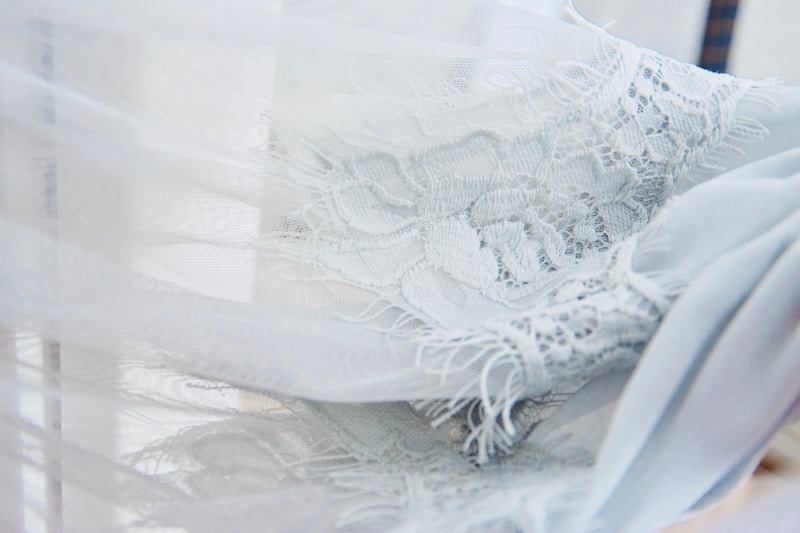Understanding Bridal Gown Production Timelines and Logistics
Understanding Bridal Gown Production Timelines and Logistics
When it comes to planning a wedding, one of the most important elements that brides often focus on is the bridal gown. Selecting the perfect gown is not just about style—it's also about understanding the production timelines and logistics involved in bringing that dream dress to life. In this article, we will delve deep into the various stages of bridal gown production, the logistics that affect each stage, and how to effectively plan for them.
The Bridal Gown Production Process
The production of a bridal gown typically involves several key stages: design, fabric selection, pattern making, sewing, and final adjustments. Below is a breakdown of these stages along with the expected timelines.
| Stage | Description | Timeline (Days) |
| Design | Creating sketches and finalizing the design concept. | 7-14 |
| Fabric Selection | Selecting materials and sourcing fabric required for the gown. | 5-10 |
| Pattern Making | Making a pattern based on the selected design. | 10-14 |
| Sewing | Assembling the gown based on the pattern. | 21-30 |
| Final Adjustments | Fitting and making any necessary changes. | 5-7 |
Understanding Fabric Selection
Choosing the right fabric is a crucial part of the bridal gown production timeline. Fabrics such as satin, lace, tulle, and chiffon each have their own unique qualities and may impact the overall look and feel of the gown. It is advisable to allocate sufficient time for exploring options and sourcing materials. Brides should communicate with their designers about their vision and the logistics involved in fabric procurement to avoid delays.

Logistics of Bridal Gown Production
Logistics plays an essential role in the timely completion of a bridal gown. Here are several logistical aspects that brides should consider:
Shipping and Sourcing
If the fabric is being sourced from different regions, be mindful of shipping times. International shipping might take several weeks depending on the country of origin, customs clearance, and the shipping method chosen. Local sourcing can expedite the process significantly.
Designer Communication
Consistent communication with the designer is key. Setting regular check-ins can help address any issues early on. This can prevent last-minute changes that can affect timelines.
Accurate Measurements
Taking accurate measurements is vital to ensuring a proper fit. Owners of bridal salons often recommend scheduling fittings several months in advance to allow for adjustments without rushing. Ideally, brides should finalize their measurements during the pattern making stage to prevent additional delays.
Common Questions About Bridal Gown Production Timelines
Brides often have several questions regarding bridal gown production timelines. Here are some commonly asked questions:
- How far in advance should I order my bridal gown? Ideally, consider ordering your gown 6-12 months prior to your wedding date.
- What factors can delay the production timeline? Delays may be caused by fabric availability, shipping issues, and communication gaps with the designer.
- How many fittings will I need? Typically, brides will require at least 2-3 fittings to ensure a perfect fit.
- Can I make last-minute adjustments if necessary? While last-minute adjustments are possible, they can potentially lead to added stress and may impact the overall timelines.
Tips for Managing Bridal Gown Logistics
To help streamline the bridal gown production process, here are several tips:
Start Early
Begin your search for a bridal gown as early as possible. This allows ample time for production and adjustments without the stress of last-minute decisions.
Set a Budget
Understanding your budget upfront will help with fabric selection and designer choices. Always factor in extra costs for alterations in your overall wedding budget.
Document Everything
Keep a record of all communications and documentation regarding your gown. This may include emails with your designer, receipts for fabric, and a timeline of agreed-upon dates.
Conclusion: Planning for Your Dream Bridal Gown
Understanding bridal gown production timelines and logistics is crucial in ensuring that your dream gown is ready just in time for your big day. By following the steps outlined in this article, brides can plan effectively and avoid common pitfalls that might lead to delays. Always remember to communicate openly with your designer, manage your logistics wisely, and start the planning process early to achieve the wedding gown of your dreams.
In summary, remember that every detail counts in the journey of crafting your bridal gown. By managing both the production timelines and logistics with foresight and careful planning, you can ensure that your special day is a stunning reflection of your unique style.
